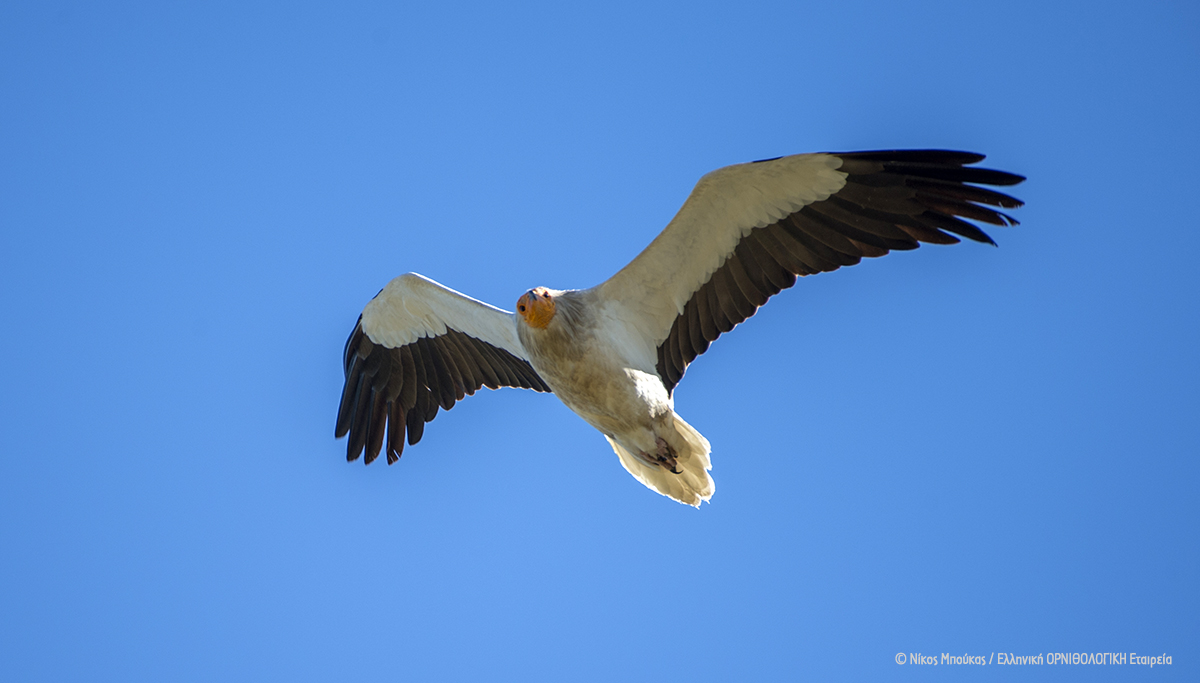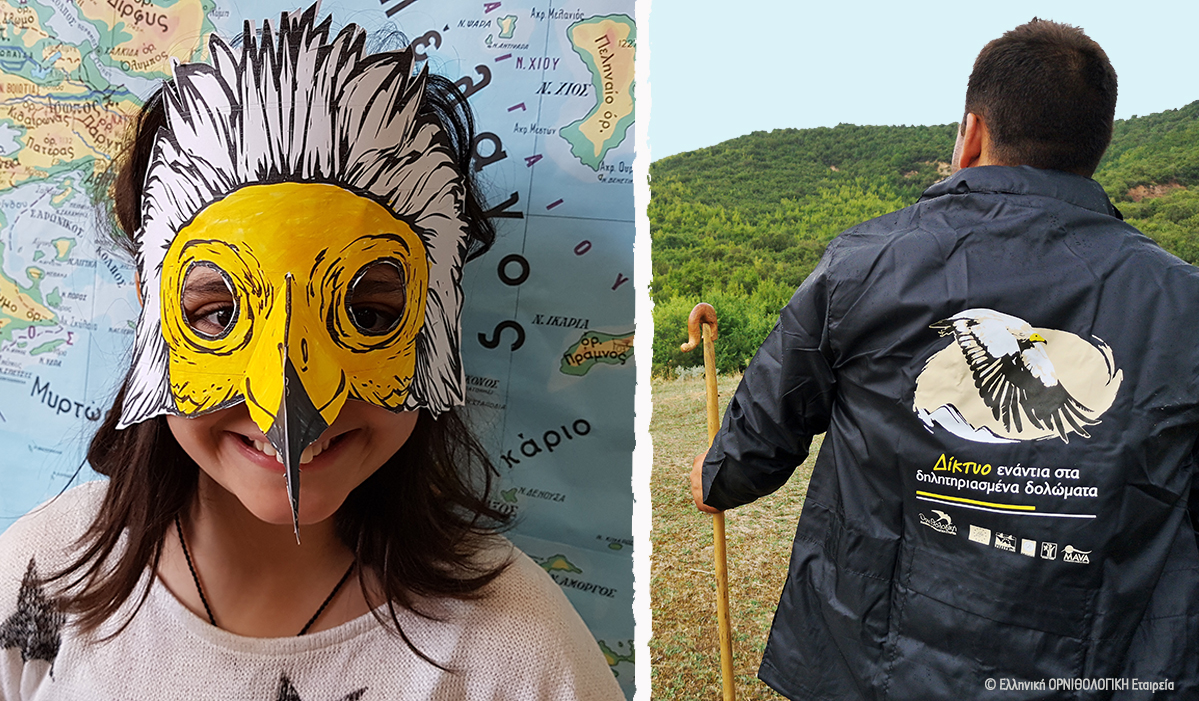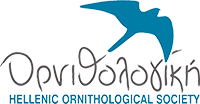A miracle happened in Meteora! After many years, the rocks of the area host a pair of Egyptian Vultures again.
Two weeks ago, a few days after the arrival of the famous "bachelor" of Meteora from Africa - the last Egyptian Vulture still returning to the area-, members of the Network “Friends of the Egyptian Vulture” informed the Hellenic ORNITHOLOGICAL Society about the presence of a second bird in the area.
After extensive survey, the possibility of the second bird being a passing individual (as had happened in the past and is considered as common for Egyptian Vultures) was excluded and we were able to confirm, with great delight, that this bird has come to stay and create a new pair!
The last nest of Egyptian Vulture in the wider area of Meteora -also known in Thessaly as "Cheese maker"- was observed by the Hellenic ORNITHOLOGICAL Society in 2018. Since then, only one male Egyptian Vulture returned every spring to its -well-known for years- cliff, patiently waiting for the appearance of a female individual.


Within the framework of the Egyptian Vulture New LIFE Project, the Hellenic Ornithological Society’s Field Team, with the support of the people of the Network of livestock breeders and other land users that was created, has been monitoring the single bird and the Meteora region for six (6) years, with the hope of the return of a new individual, so that it can acquire a mate again. A far from easy task, but with the hope remaining...
The Egyptian Vulture is the most endangered bird species in Greece, perhaps even in the Balkans: only six (6) pairs remain in the whole country. During the last three decades, this critically endangered vulture species has suffered a rapid decline of population in the Balkans, resulting in the loss of more than 80% of its population.
Since 2012, the Hellenic ORNITHOLOGICAL Society, together with partners from Greece (WWF Greece) and Bulgaria (BSPB / BirdLife Bulgaria) started to implement a wide range of conservation actions for the Egyptian Vulture in Greece (Thrace, Meteora and Epirus) and Bulgaria, such as the monitoring with satellite transmitters, the operation of feeding stations, the insulation of dangerous electricity transmission pylons and particularly many actions against poison baits, the most important threat to the species in Greece. Subsequently, these actions were extended to the neighboring Balkan countries (Albania and North Macedonia, which still host several Egyptian Vulture pairs) and to the countries through which the Egyptian Vulture passes during its migration route (such as Turkey, Syria, Lebanon, Jordan, Egypt, Ethiopia).
The combination of such a wide range of actions over such a long period of time and in such a large area, has contributed in recent years to the stabilization of the species' population which, combined with the release of birds that had bred in captivity in Bulgaria and the continuation of conservation actions, has resulted in this small and also great miracle, that is happening this spring in Meteora: the return of a new Egyptian Vulture in the area!

This fact fills us, for sure, with joy and revives our hopes for the future of the most beloved vulture of the Greek countryside, but at the same time makes it imperative to preserve Egyptian Vultures and to continue conservation actions for the species at local and national level. Years of efforts to save the Egyptian Vulture can very easily be "wiped out" by a single poison bait or a power transmission pylon and the happy event can easily turn into… a tragedy.
The competent authorities have to do everything in their power to safeguard the Egyptian Vultures as long as they remain in the Greek territory and to ensure that the "miracle of Meteora" will continue.
The Hellenic ORNITHOLOGICAL Society remains by their side, for all possible help and support, and of course continues the effort for the protection of this iconic bird species, with the cooperation and support of hundreds of people, who belong to the Network for the Protection of the Egyptian Vulture, which are of all ages and from a variety of backgrounds. Together, we can do wonders!



